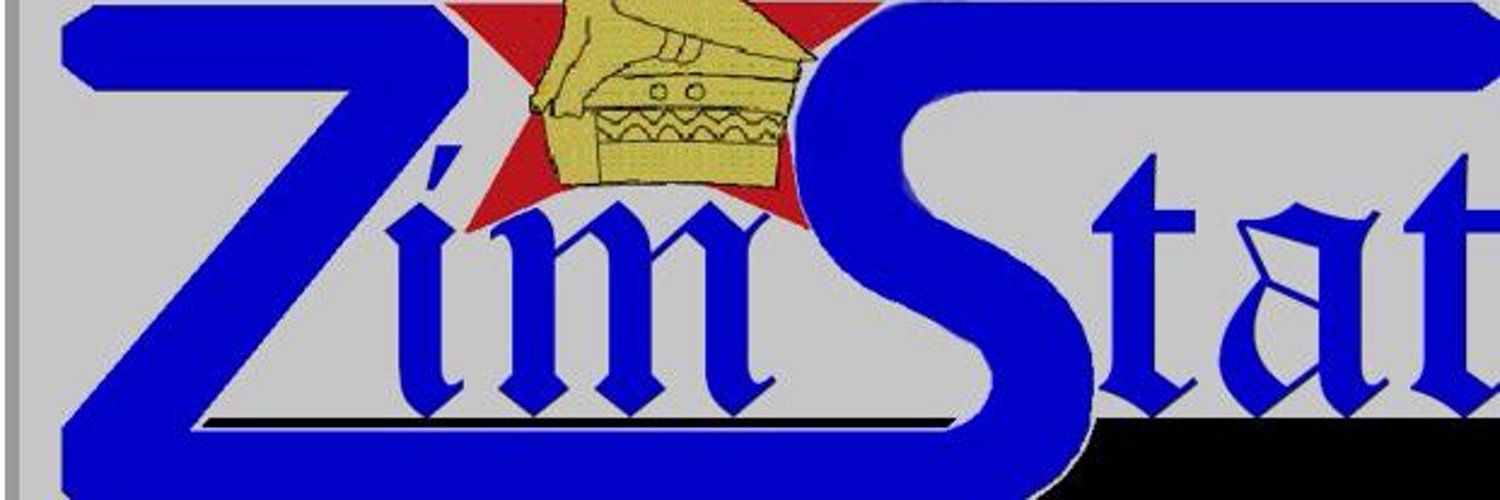RBZ bails out 3 banks
THREE banking institutions that experienced low liquidity levels in June owing to a significant amount of money taken out of the market to pay corporate taxes were in the same month bailed out through the Reserve Bank of Zimbabwe’s (RBZ) lender of last resort (LOLR) facility.
A lender of last resort is an institution, usually a country’s central bank, which offers loans to banks or other eligible institutions that are experiencing financial difficulty or are considered highly risky or near collapse.
In his 2023 mid-term monetary policy statement, RBZ governor John Mangudya said in June, there was a significant depreciation of the exchange rate which coincided with the second Quarterly Payment Date (QPD) for corporate taxes.
“Significant liquidity was withdrawn from the market through the QPD and most banks saw their liquidity levels dwindling resulting in three banks approaching the Bank for support through the lender of last resort (LOLR) facility. The outstanding amount under the LOLR facility was ZW$32.5 billion as of 14 July 2023,” he said.
Dr John Mangudya
The three affected banks were not identified.
As part of efforts to further promote the use of the local currency, the Government directed that for June 2023 Quarterly Payment Date (QPD), taxpayers should settle 50 percent of the foreign currency portion of their corporate tax obligations in Zimbabwean dollars.
Payments in USD or any other foreign currency for the portion of corporate income tax due in local currency for the June QPD were not accepted.
The lender of last resort functions both to protect individuals who have deposited funds, and to prevent panic withdrawing from banks who have temporarily limited liquidity.
However, all things being equal, commercial banks usually try not to borrow from the lender of last resort because such action indicates that the bank is experiencing a financial crisis.
But critics of the facility say it entices financial institutions to take on more risk than would be considered normal without the lender of last resort facility.
Meanwhile, the mid-term monetary policy statement states that the country’s banking institutions recorded aggregate profits of $4,55 trillion for the period ended 30 June 2023 largely driven by non-interest income, which constituted 92,51 percent of total income underlining the continued resilience of the sector on the back of a broad range of complementary fiscal and monetary stabilisation measures.
It highlights that the sector continued to demonstrate resilience on the back of a broad range of complementary fiscal and monetary stabilisation measures, to foster and enhance price and financial stability.
That resilience is also anchored on banking institutions’ continued ability to adapt to the dynamic operating environment by reconfiguring their business models, including the digitisation of banking services.
Reserve Bank of Zimbabwe (RBZ)
On capitalisation, the central bank said the banking sector was adequately capitalised and all banking institutions complied with the prescribed tier 1 and minimum capital adequacy ratios of eight percent and 12 percent respectively.
As of June 30, 2023, 15 out of 18 banking institutions excluding POSB, reported core capital levels that were above the minimum capital requirements.
The deadline for compliance with the minimum capital requirements by non-compliant banks was extended by a further 12 months to December 31, 2023, to allow for the completion of the recapitalisation processes.
According to the central bank thresholds Tier 1 banks, large indigenous commercial banks and all foreign banks are now required to have US$30 million minimum capital.
Tier 2 commercial banks, merchant banks, building societies, development banks, finance and discount houses are now required to have a US$20 million minimum capital, while Tier 3 deposit-taking microfinance banks, such as Getbucks, are required to have US$5 million minimum capital.-chronicle










